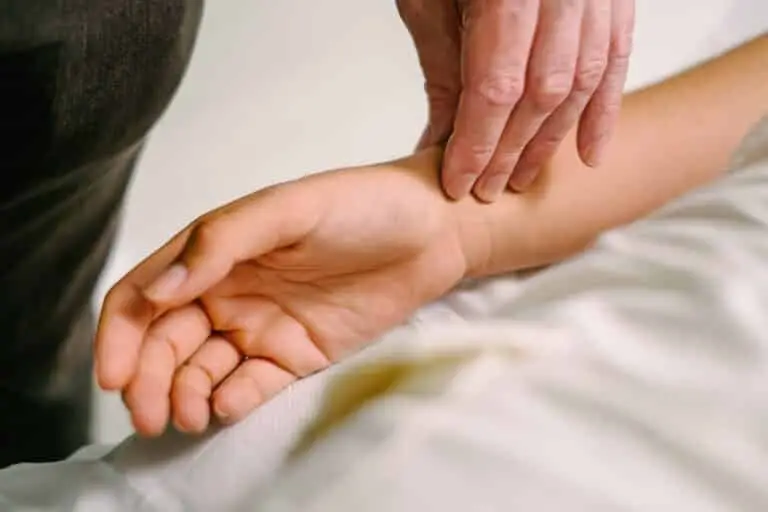When you see me, your first consultation will involve questions about your health history, lifestyle and what you would like to gain from treatment. This means the treatment is tailored to you. Feeling the pulses on the wrists (there are three points on each side along the radial artery that can tell us a lot about your health) and looking at the tongue is part of the diagnostic process. An acupuncture treatment does not necessarily just involve acupuncture – as per tradition, treatments often incorporate other Chinese Medicine techniques – I decide which I will use depending on many different factors, with the aim of regaining balance. The one thing I do not do is herbal medicine, but I can refer patients to herbalists where I think necessary.

During a course of treatments, your progress is monitored and treatments are adjusted depending on how you are doing at that point in time. People often start with at least a few regular treatments, as they have a cumulative effect, and if the issue is chronic, it can take longer to treat. Treatments are then spaced out once progress is made. Homecare advice is another important aspect of the session, as we recognize the connection between lifestyle and health, and we aim to empower the patient to help themselves. This could entail dietary or exercise advice, work/life balance tips, methods to help reduce stress, etc.
Techniques include:
Fine, single use, sterile needles are inserted in specific points of the body to stimulate the healing response. There are hundreds of acupuncture points in the body, many of which are found along the Channels (another name is Meridian lines).
Needles might be inserted briefly for a few seconds, or up to half an hour, depending on the required outcome. You may experience a variety of sensations depending on the point stimulated and the needling technique used – the name for this is ‘Deqi’, which is thought to be the feeling of Qi coming to meet the needle.
I can include some massage / tui na techniques (please see Tui na and Massage Treatments for more information).
Gua sha involves rubbing an area of skin with a tool, after the application of massage oil, in order to stimulate circulation and work out ‘pathogenic factors’ from the body. It is another type of therapy that has been practised for hundreds of years in China, but has recently caught on in the West.
Cupping involves placing cups on the skin to create a suction, stimulating circulation and working out waste products/toxins or ‘stagnation’ and ‘pathogenic factors’ from the body, according to Chinese Medicine. Traditional glass cups gain suction from the quick insertion and removal of a flame before being placed on the body (after application of massage oil), so it can have a pleasant warm sensation. Other types of cups are made of plastic or silicon. Depending on the diagnosis, cups are left in place for up to 20 minutes, or moved around the skin for a few minutes.
Cupping is another Chinese Medicine technique that has been adopted by the West – from a musculoskeletal viewpoint, it can help to ‘unstick’ tense fibres and ease tension, encouraging the flow of blood and nutrients to an area.
Moxa is a dried form of the artemesia vulgaris latiflora herb that is burned and used in different forms, such as a compressed stick hovered over acupuncture points or Channels, or small pyramid shapes placed on points, to introduce heat and to stimulate the movement of ‘Qi’. The Chinese believe it can help clear various forms of stagnant Qi and boost our body’s natural defences. Moxibustion is another fundamental component of Chinese Medicine practice.
The Chinese classical texts recognized the importance of ‘Yangshen’, or ‘nourishing life’. The Yellows Emperor’s Classic of Internal Medicine emphasized cultivating health in order to prevent sickness. Hence treatments involve homecare advice and encouraging you to empower yourself by taking action to assist your progress. This could be dietary or physical exercise advice, or could cover other areas.